The extraordinary problem-solving abilities of certain birds have long fascinated scientists and animal behaviorists. Among these remarkable avian intellectuals, the New Caledonian crow stands out for its exceptional tool-making skills and cognitive abilities that rival those of primates. These birds have demonstrated an astonishing capacity to not only use tools but to understand complex mechanisms like locks and latches, allowing them to access food inside secured containers. This remarkable ability challenges our understanding of animal intelligence and raises profound questions about the evolution of cognition across different species. Through careful observation and innovative experiments, researchers have documented these crows methodically working through multi-step problems to unlock containers that would challenge even young human children.
The Remarkable New Caledonian Crow
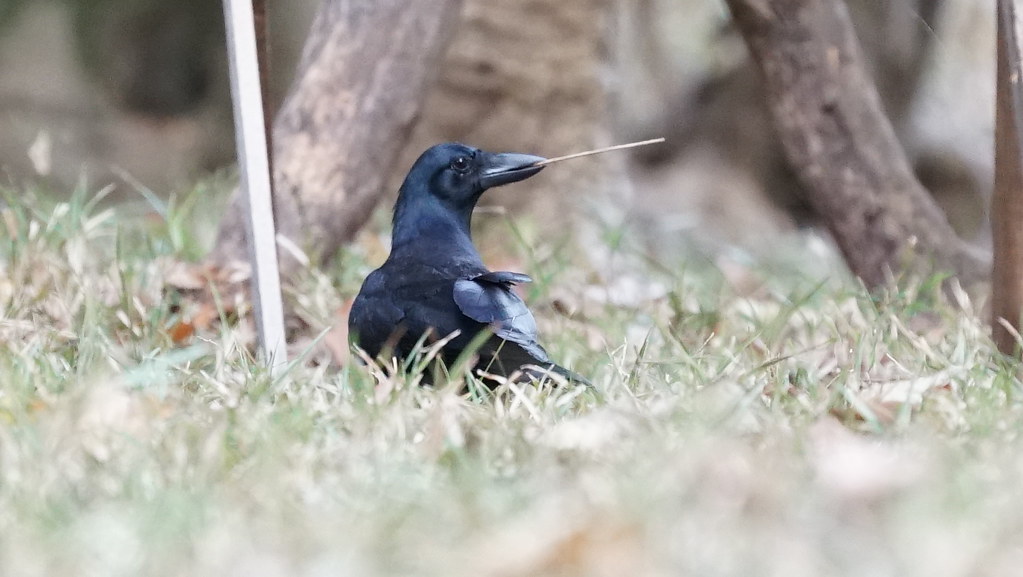
Native to the Pacific island of New Caledonia, the New Caledonian crow (Corvus moneduloides) has emerged as one of the animal kingdom’s most accomplished problem solvers. These medium-sized black birds, measuring about 40 centimeters in length, belong to the corvid family, which includes ravens, jays, and magpies—all known for their intelligence. What makes these particular crows exceptional is their sophisticated understanding of cause-and-effect relationships, allowing them to manipulate objects in their environment with remarkable precision. Unlike most birds that might try random approaches when faced with challenges, New Caledonian crows demonstrate intentional, planned behavior when working with tools and mechanisms. Their large brains relative to their body size hint at the neural capacity needed for such complex cognitive feats.
The Science Behind Avian Intelligence
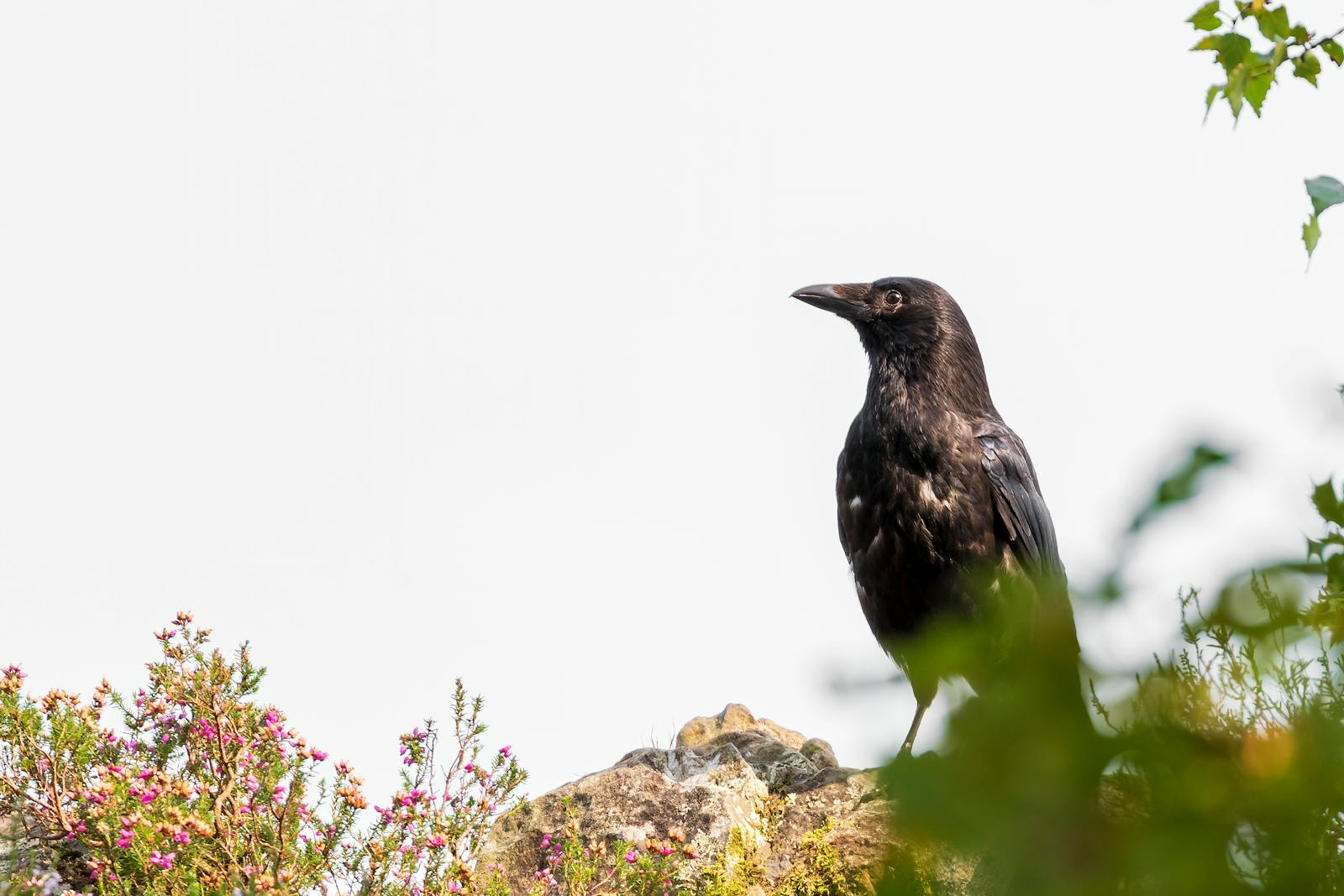
The cognitive abilities of birds like the New Caledonian crow challenge traditional views about the relationship between brain structure and intelligence. While mammals have a neocortex—the wrinkled outer layer of the brain associated with higher cognition—birds have independently evolved a structure called the pallium that serves similar functions. Neuroscientists studying avian brains have discovered that despite having different brain architecture, birds possess neural circuits and cognitive processing capabilities comparable to mammals. The intelligence of corvids specifically has been linked to their highly developed nidopallium caudolaterale, a region that performs executive functions similar to the prefrontal cortex in mammals. This convergent evolution demonstrates that advanced problem-solving abilities can emerge through different neurological pathways, suggesting intelligence has evolved multiple times across different animal lineages.
Tool Use in the Wild
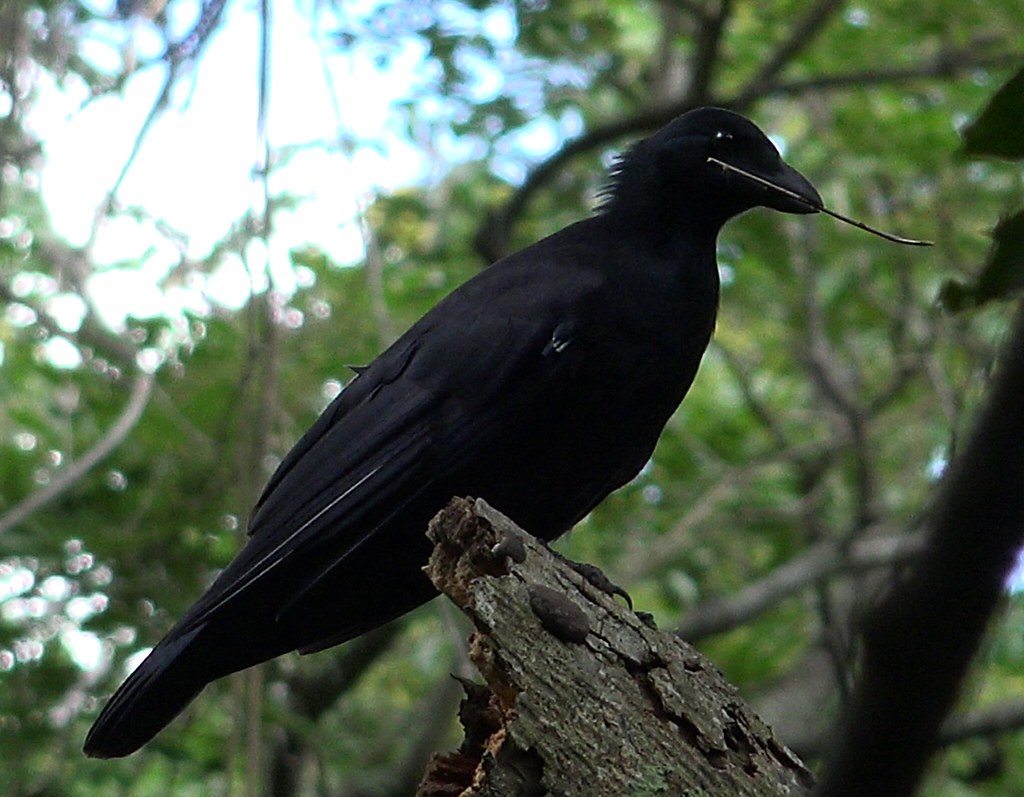
In their natural habitat, New Caledonian crows regularly craft and use tools to extract insects and larvae from tree crevices and other hard-to-reach places. They carefully select specific plant materials, particularly from the pandanus tree, and fashion them into hooks and probes with remarkable precision. These tools aren’t merely found objects but carefully crafted implements, often modified through a series of deliberate steps to achieve the desired shape and functionality. Remarkably, young crows learn this behavior partially through observation of adults, suggesting a form of cultural transmission of knowledge. Studies have documented individual crows carrying their favorite tools from site to site, demonstrating both an understanding of the tool’s value and foresight about future needs—cognitive abilities once thought unique to humans.
The Lock-Opening Experiments
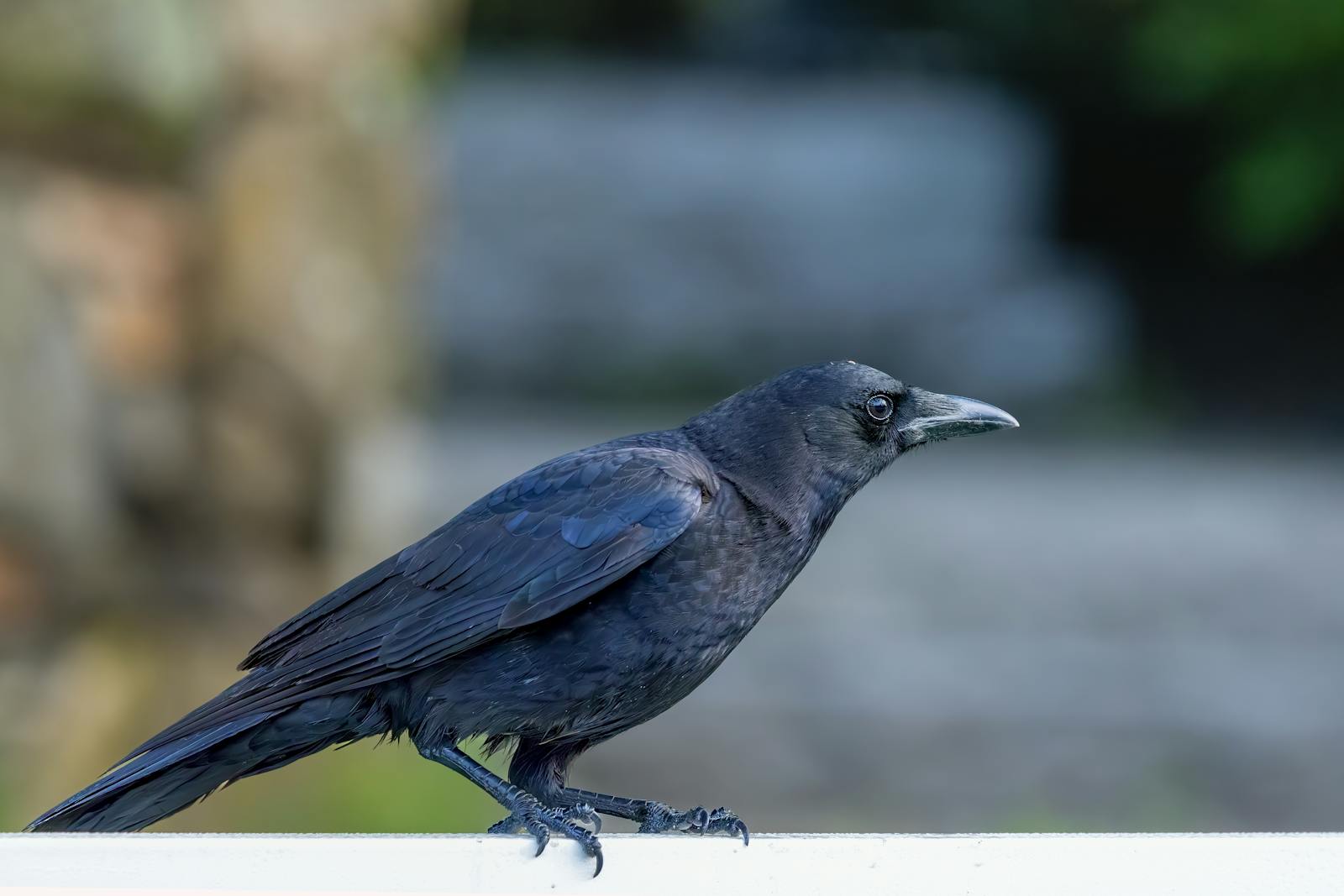
The most compelling evidence of these crows’ extraordinary abilities comes from controlled laboratory experiments where researchers presented the birds with increasingly complex lock mechanisms. In landmark studies conducted at the University of Oxford and the Max Planck Institute, New Caledonian crows were presented with food hidden inside transparent containers secured with various locking mechanisms. Without prior training, many of the crows successfully navigated multistep processes to unlock these containers, demonstrating both patience and problem-solving flexibility. In one particularly impressive demonstration, a crow named “Betty” spontaneously bent a straight piece of wire into a hook to retrieve food from a narrow tube, showing not just tool use but tool manufacture to meet a specific challenge. These experiments controlled for the possibility of random success, clearly demonstrating intentional problem-solving behavior.
Understanding Causal Relationships
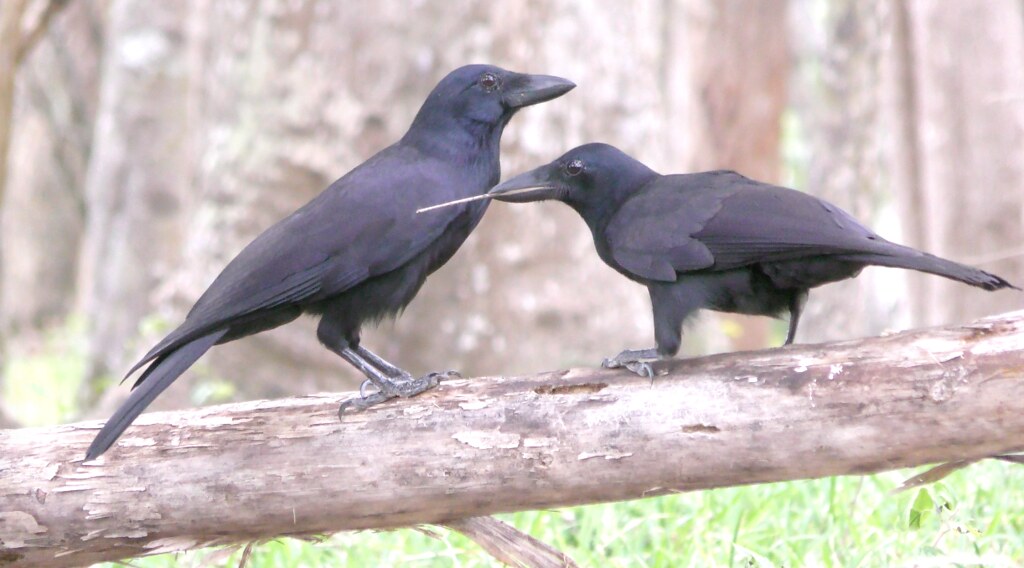
What makes the lock-opening abilities of New Caledonian crows truly remarkable is their apparent understanding of causal relationships—how one action leads to another result. When confronted with a locked container, these birds don’t simply peck randomly but observe the mechanism carefully before attempting a solution. Researchers have documented crows analyzing different components of locks, trying various approaches, and adjusting their strategies based on feedback. This suggests they possess a mental model of how the lock functions rather than solving the problem through trial and error alone. In water displacement tests, where objects must be dropped into tubes to raise water levels and bring floating food within reach, the crows selected appropriate objects based on their properties, demonstrating an understanding of physical principles like displacement and buoyancy.
Sequential Problem Solving
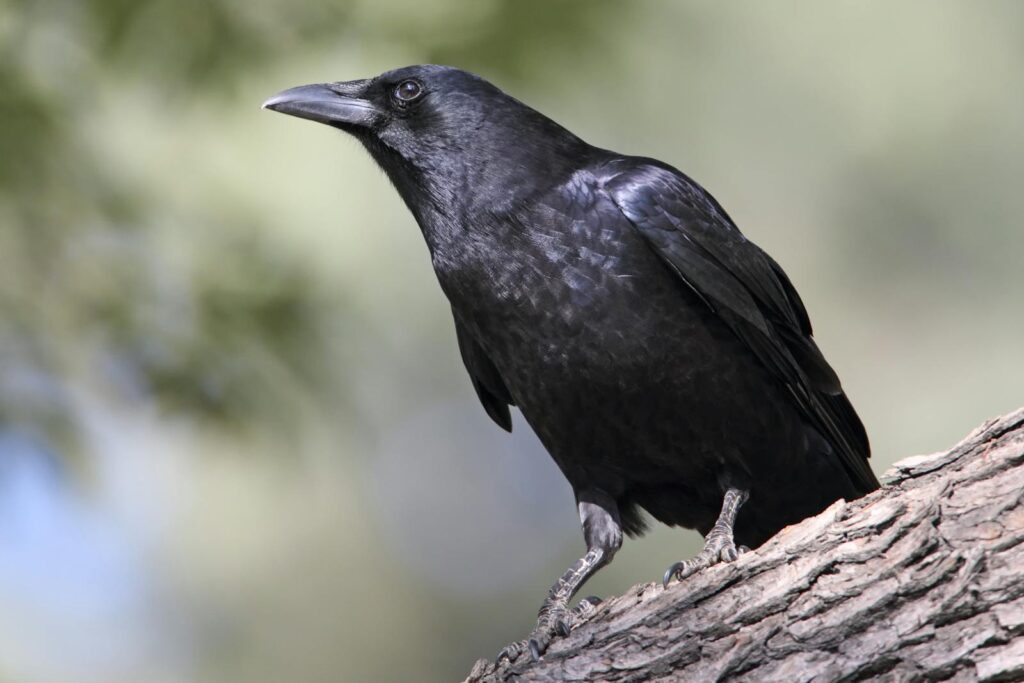
Opening locked containers often requires following a specific sequence of actions in the correct order—a cognitive challenge that exceeds simple tool use. In experiments requiring multiple steps to access food, New Caledonian crows have demonstrated an ability to work backward from their goal, understanding that certain actions must precede others. For example, in one study, crows needed to remove a series of sticks blocking a mechanism before being able to slide open a door to access food. Most impressively, some crows would examine the entire apparatus before making their first move, suggesting they were mentally planning their approach rather than acting randomly. This capacity for sequential problem solving rivals that of great apes and surpasses the abilities of most other bird species tested in similar conditions.
Comparison with Primate Intelligence
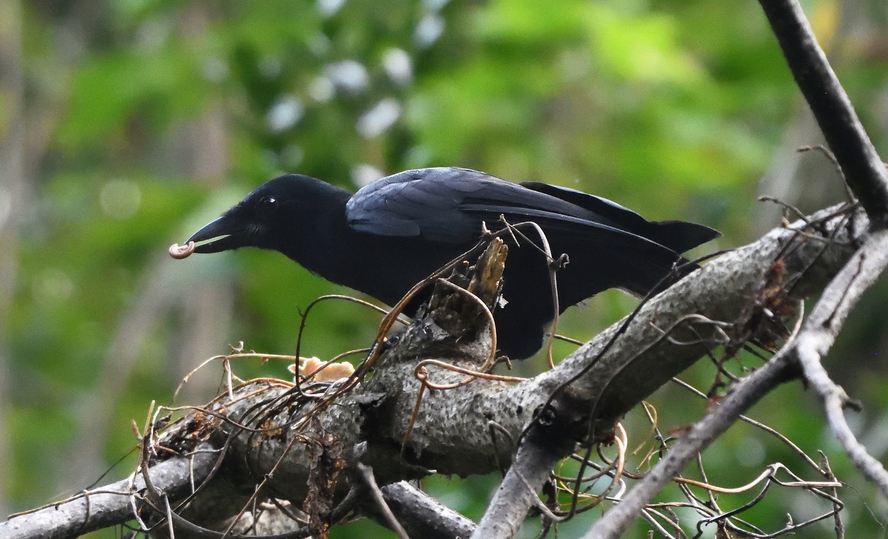
The lock-opening abilities of New Caledonian crows invite direct comparisons with primates, traditionally considered the most intelligent non-human animals. In several comparative studies, these crows performed on par with chimpanzees in causal reasoning tasks, despite having drastically different brain structures and evolutionary histories. While primates benefit from manipulative hands, crows must accomplish complex tasks using only their beaks and feet, making their achievements even more impressive. The convergent evolution of these cognitive abilities suggests that certain problem-solving skills provide strong evolutionary advantages across different ecological niches. However, there remain distinct differences in how these different species approach problems, with crows often excelling at tasks involving insight and innovation while primates may demonstrate greater social learning capabilities.
Memory and Recognition Skills
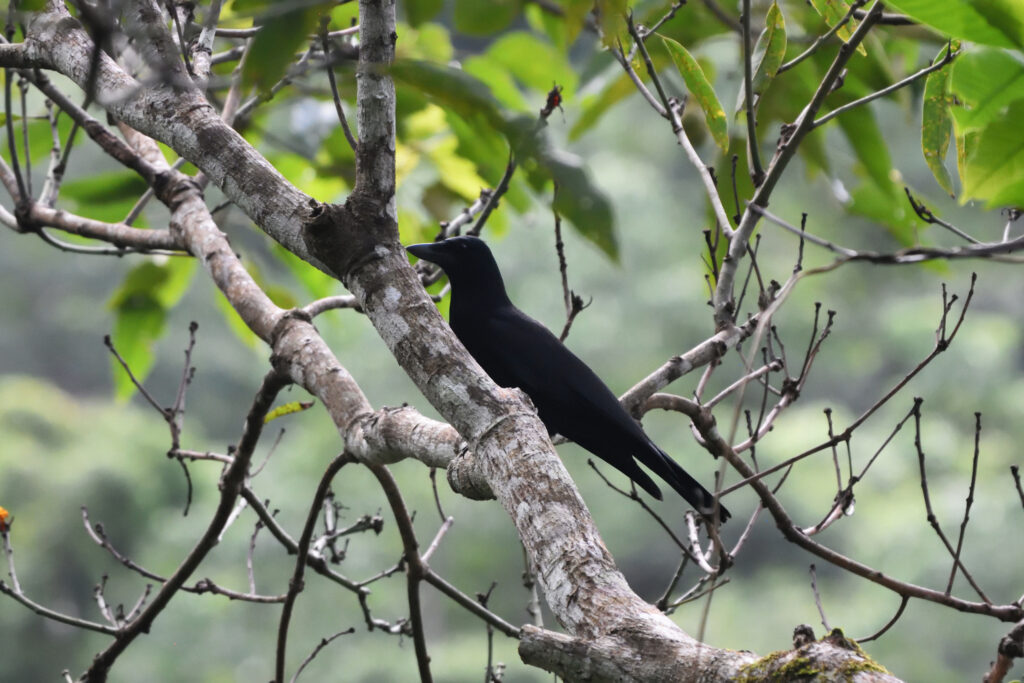
Successfully opening locked containers requires not just manipulative skill but also impressive memory capabilities. New Caledonian crows display exceptional memory for the location of tools and food sources, remembering complex arrangements for extended periods. In recognition tests, these birds can identify and differentiate between dozens of different human faces, remembering which individuals have threatened them in the past. When presented with familiar lock mechanisms, crows that have previously solved them typically approach the problem with greater efficiency on subsequent attempts, demonstrating clear learning and memory retention. Researchers have even found evidence suggesting these crows may possess episodic-like memory—the ability to recall specific past experiences—a cognitive feature once thought unique to humans.
Social Learning and Knowledge Transfer
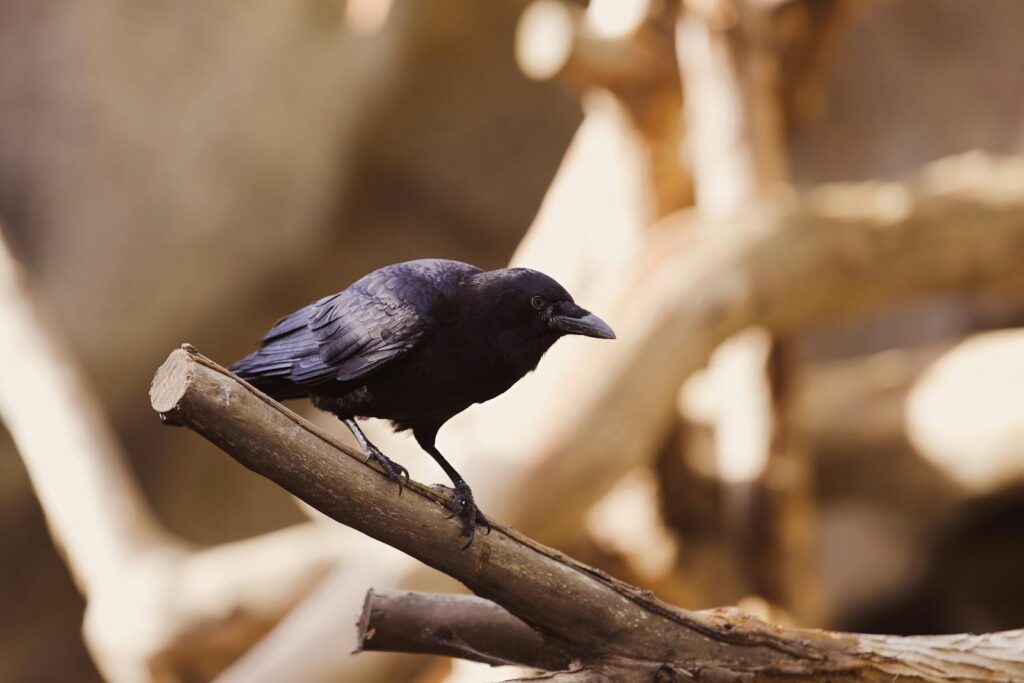
While individual problem-solving ability is impressive, New Caledonian crows also demonstrate sophisticated social learning that helps spread successful techniques throughout the population. Young crows observe adults manipulating locks and tools, accelerating their own learning process beyond what individual trial and error would allow. In controlled experiments, naive crows that watched experienced birds open locked containers learned the techniques more quickly than those that had to figure it out independently. This cultural transmission of knowledge creates a cumulative effect, where techniques can be refined and improved over generations. Some researchers have documented regional variations in tool designs among wild crow populations, suggesting the existence of distinct “cultures” of tool use—a phenomenon previously associated primarily with great apes and humans.
Adaptability and Innovation
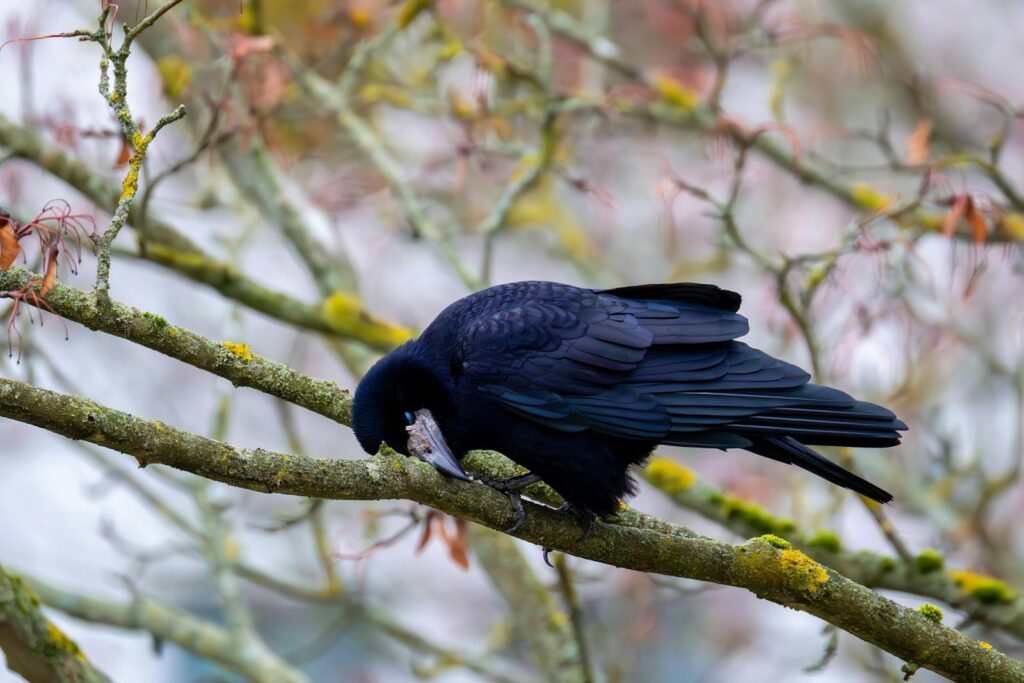
Perhaps most impressive is the adaptability New Caledonian crows display when faced with novel lock designs or when their usual approach fails. Rather than persisting with unsuccessful strategies, these birds quickly innovate and try alternative approaches. In experimental settings, when researchers modify locks to render previous solutions ineffective, the crows often develop new techniques within minutes. This cognitive flexibility suggests they understand the principles behind the mechanisms rather than simply memorizing sequences of actions. One study presented crows with a completely novel puzzle box featuring unfamiliar locking mechanisms, and several birds still managed to open it through careful observation and strategic attempts, demonstrating genuine innovation rather than learned responses.
The Evolutionary Advantage
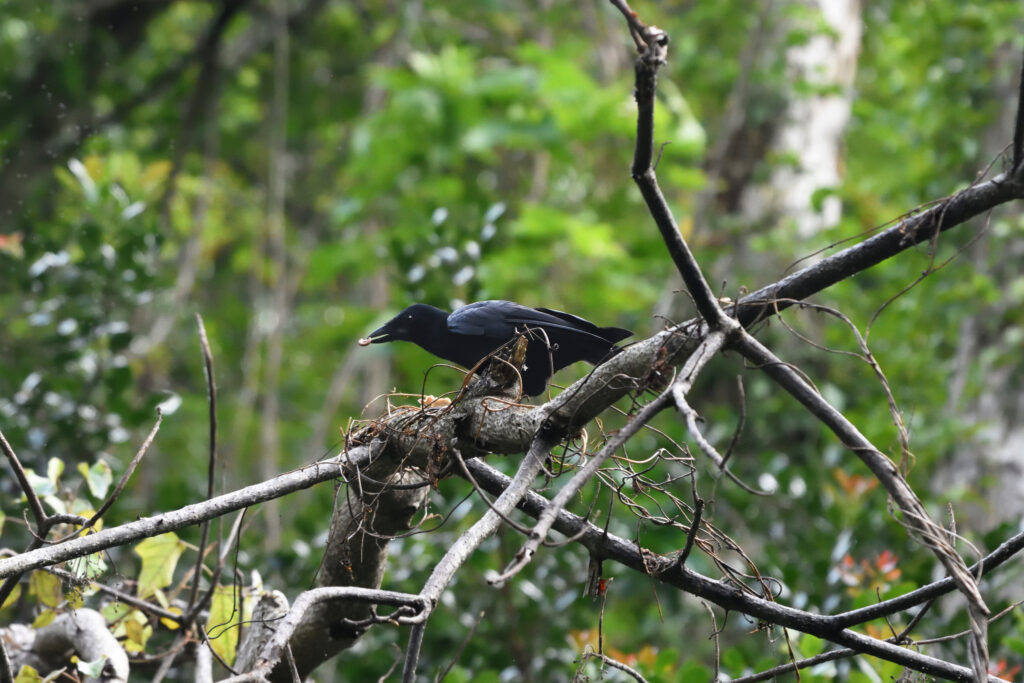
The extraordinary cognitive abilities that allow New Caledonian crows to open locked containers likely evolved in response to specific ecological pressures. Their native habitat features rich food resources that are often hidden or difficult to access, creating strong selection pressure for problem-solving skills. The relative lack of mammalian competitors on their island home may have opened an ecological niche that rewarded intelligence over physical adaptations like sharp claws or powerful jaws. Genetic studies suggest that the cognitive specializations of these crows emerged relatively recently in evolutionary terms, possibly within the last million years. The rapid development of these abilities demonstrates how powerful natural selection can be when it favors cognitive traits, and offers insights into how human intelligence might have evolved under similar selective pressures.
Implications for Understanding Animal Cognition
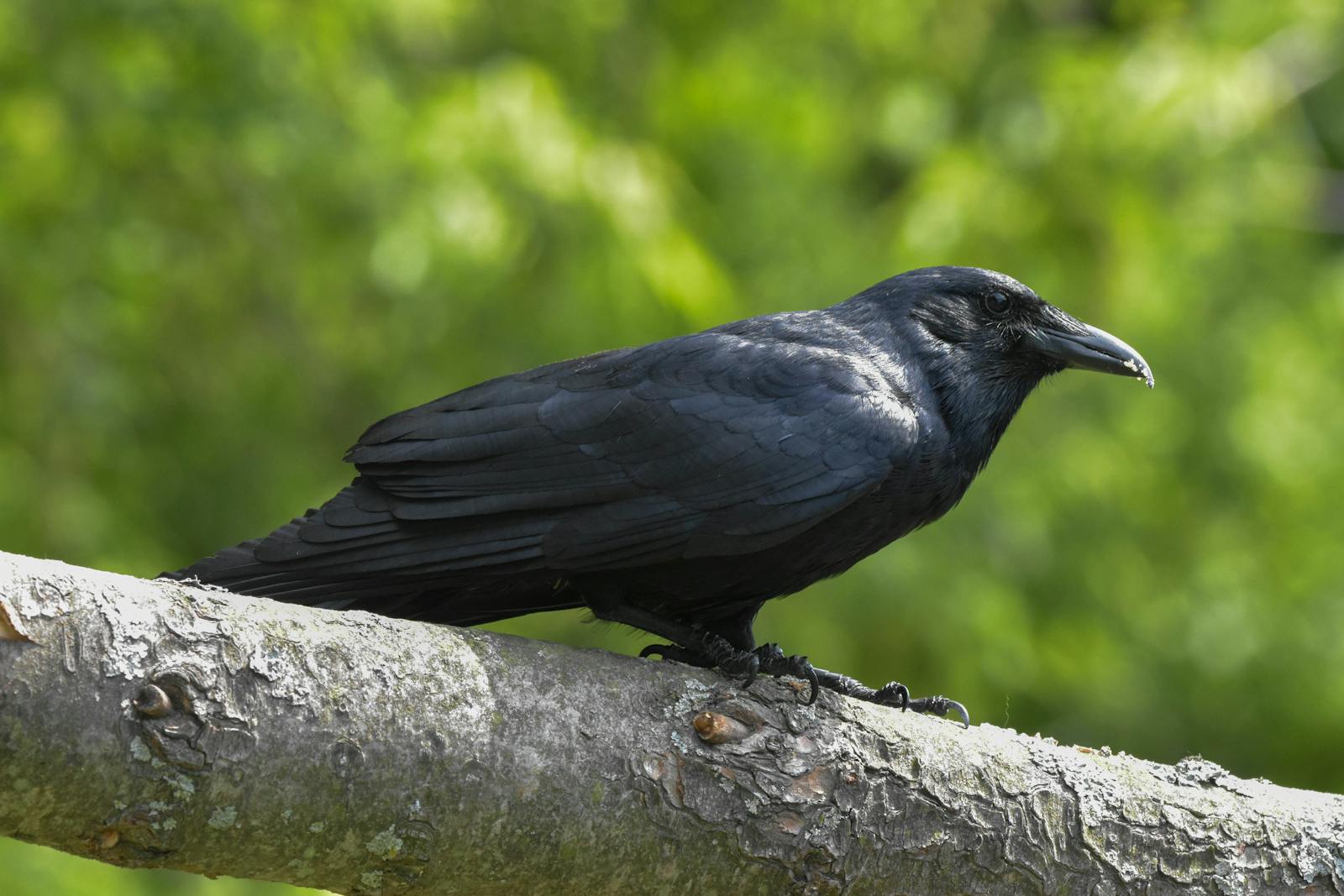
The lock-opening abilities of New Caledonian crows have profound implications for our understanding of animal cognition and consciousness. These findings challenge anthropocentric views that place human intelligence at the center of a hierarchy, suggesting instead that impressive cognitive abilities have evolved independently in distantly related species. Some cognitive scientists now propose that certain forms of intelligence are better understood as adaptations to specific ecological challenges rather than positions on a linear scale of complexity. The research on these crows has contributed to a growing recognition of convergent cognitive evolution, where similar mental capabilities emerge in different taxonomic groups despite vast differences in brain structure. This research also raises philosophical questions about consciousness and self-awareness in non-human animals, as complex causal reasoning may require some form of mental simulation or representation.
Conservation Implications
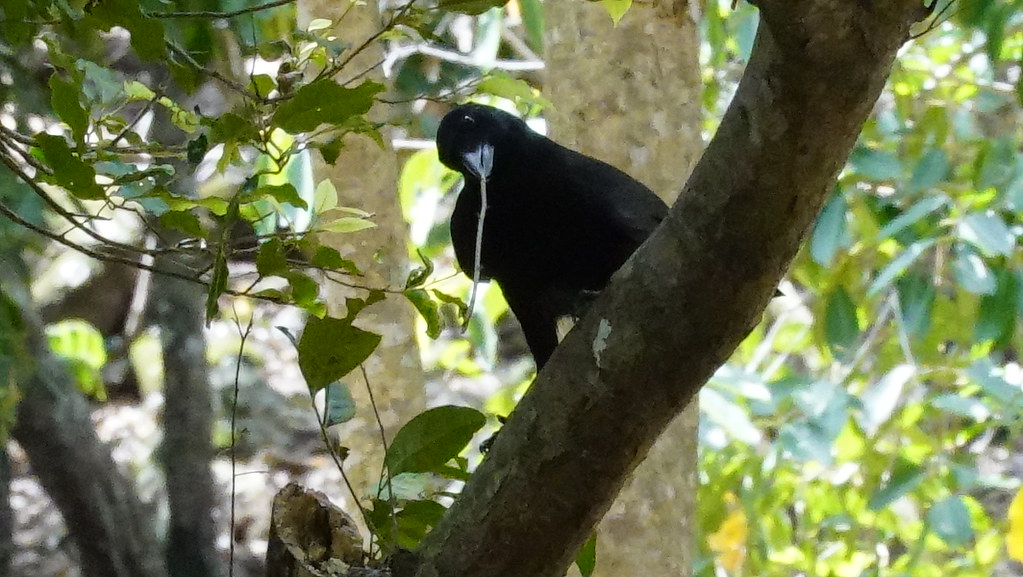
As we continue to learn about the remarkable cognitive abilities of New Caledonian crows, their conservation status becomes increasingly concerning. Their native habitat on New Caledonia faces threats from mining, agriculture, and introduced predators, putting pressure on wild populations. The loss of these birds would represent not just the extinction of a species but the disappearance of a unique form of intelligence that evolved independently from our own. Conservation efforts now incorporate knowledge about their cognitive needs, ensuring that protected areas include not just physical habitat but opportunities for these birds to exercise their problem-solving abilities. Some conservationists argue that cognitively complex species deserve special consideration in protection efforts, recognizing that the extinction of such species represents a particularly significant loss of evolutionary innovation.
Future Research Directions
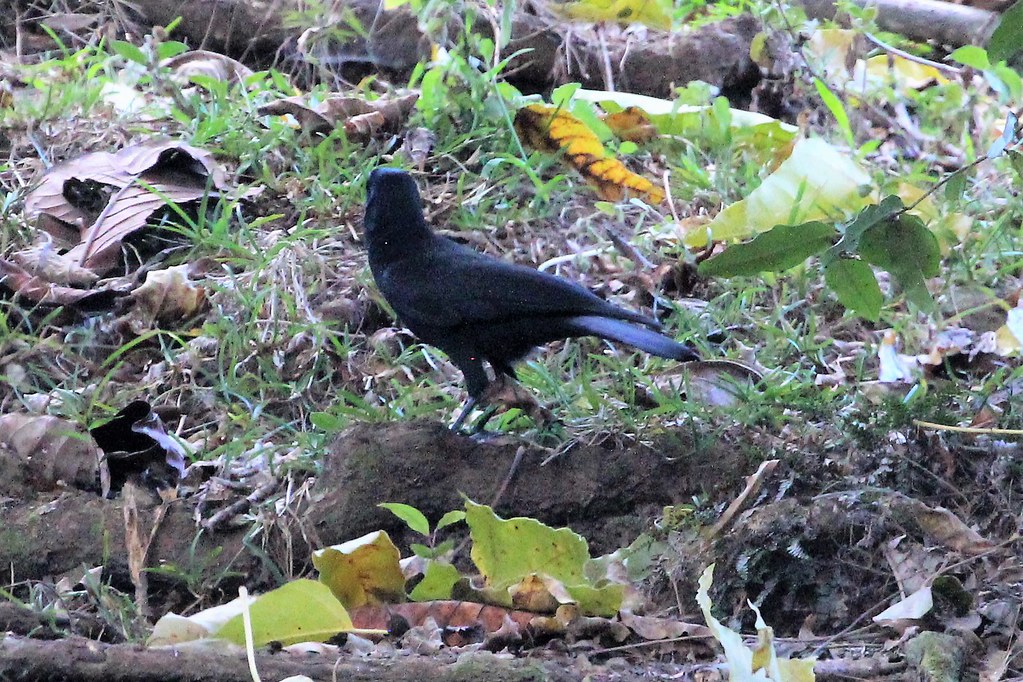
The discovery that New Caledonian crows can open locked containers has opened numerous avenues for further research into avian cognition. Current studies are exploring whether these abilities extend to other corvid species or represent a specialized adaptation unique to this population. Researchers are developing increasingly sophisticated tests to determine the limits of these birds’ causal understanding and planning abilities. Neuroimaging techniques adapted for avian brains are beginning to reveal the neural mechanisms underlying these cognitive feats, providing insights into how intelligence can evolve in brain structures different from our own. Perhaps most intriguingly, some researchers are investigating whether these crows possess a form of consciousness or self-awareness, using mirror tests and other experimental paradigms traditionally reserved for studying primates and dolphins.
Conclusion
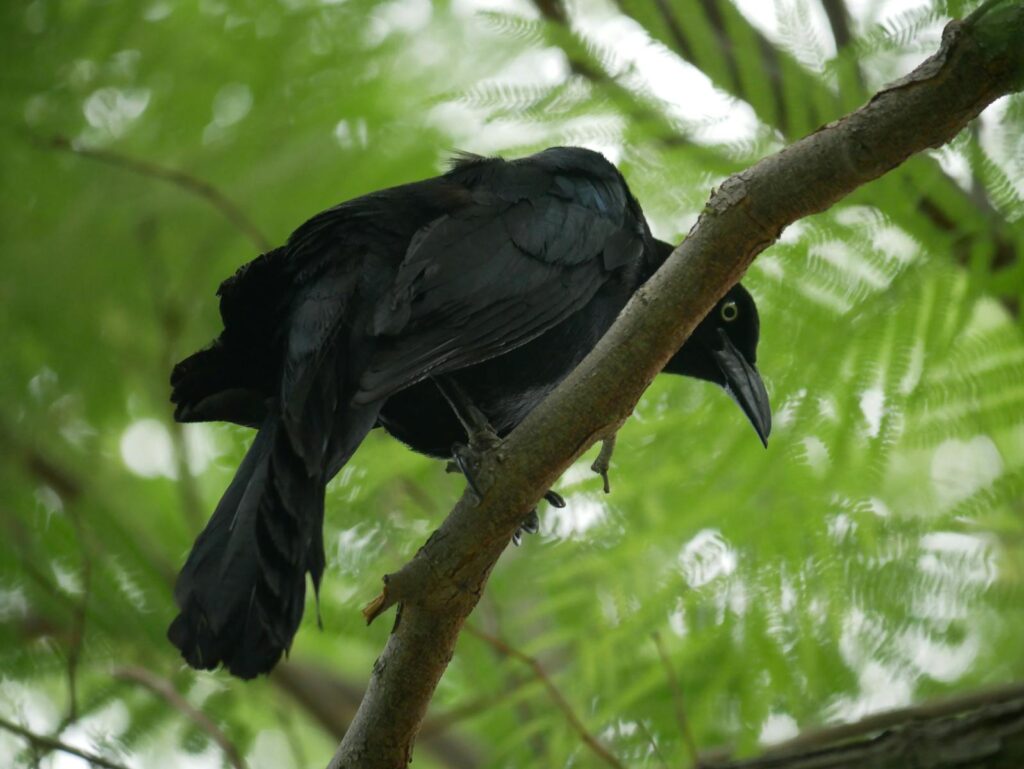
The ability of New Caledonian crows to open locked containers represents one of the most striking examples of convergent cognitive evolution in the animal kingdom. Through their remarkable problem-solving skills, these birds challenge our understanding of intelligence and the brain structures required to support it. As we continue to study these feathered geniuses, we gain not only insights into avian cognition but also a deeper appreciation for the diverse ways intelligence can manifest across species. The humble crow, once dismissed as a simple scavenger, now stands as a powerful reminder that impressive cognitive abilities can evolve in unexpected places, prompting us to reconsider our assumptions about the uniqueness of human intelligence in the natural world.
